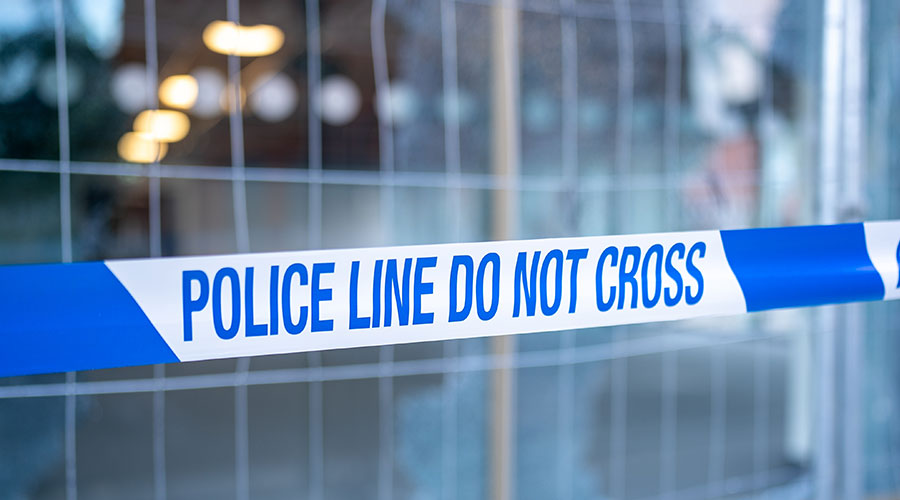Securing healthcare facilities is paramount to keeping occupants safe from threatening situations. This is something that was made apparent recently at Riverview Behavioral Health in Texarkana, Arkansas.
A riot started at a juvenile facility at the behavioral health hospital on Oct. 13, according to KSLA. Several patients seized control of a section of the hospital. Overall, about 25 juvenile patients were involved in the riot, and three teenage males were taken in custody on charges of inciting a riot.
Patients used a piece of metal to break interior windows in an apparent escape attempt, according to police. Once officers arrived, they learned some staff members were trapped inside a nurse’s station and were encircled by the rioting patients. The police, while coordinating with other agencies, were able to de-escalate the situation, secure the patients and evacuate the staff to a safer location.
Riots and other dangerous situations pose serious risks to the safety of healthcare facility occupants, meaning healthcare facilities managers need to take appropriate countermeasures. De-escalation and access controls can assist in these security efforts.
Related: 3 Benefits of Access Control Technology in Healthcare
These are three tips for how to de-escalate conflicts involving mental health patients, according to Defuse De-Escalation Training:
- Identify the cause of a patient’s agitated or aggressive behavior, and respect personal space.
- Actively and empathetically listen to the patient to help validate their feelings and concerns, reducing the intensity of the situation.
- Use open, non-threatening and neutral body language that reassures the patient that one is engaged and cares about their feelings.
Access controls can be used in conjunction with de-escalation to keep other patients, staff and occupants safe during a tense situation. Access control systems can be equipped with physical and digital panic buttons to alert security to a volatile area. They also can lock down portions of a healthcare facility and restrict ingress and egress.
“Should a critical event or violent incident occur, areas of an access-managed healthcare facility can be locked down instantly to help contain the threat,” Doug Coppola, senior director of healthcare solutions for North America at LenelS2, told Healthcare Facilities Today. “Advanced access control solutions can incorporate personal panic devices and video analytics to identify and/or mitigate a threat before it escalates. Personal panic devices utilizing Real Time Location Services can be initiated by an individual if they perceive a threat, notifying security of who needs help and where to send it. Additionally, integrated video with voice aggression analytics can help identify an incident before it escalates, alerting security to send a de-escalation team to help mitigate the threat.”
Jeff Wardon, Jr., is the assistant editor for the facilities market.

 Why Identity Governance Is Becoming a Facilities Management Issue
Why Identity Governance Is Becoming a Facilities Management Issue Habitat Health Opens South Los Angeles PACE Center
Habitat Health Opens South Los Angeles PACE Center Denton County MHMR Center Suffers a Data Breach
Denton County MHMR Center Suffers a Data Breach What Every EVS Leader Needs To Know
What Every EVS Leader Needs To Know Blackbird Health Opens New Clinic in New Jersey
Blackbird Health Opens New Clinic in New Jersey